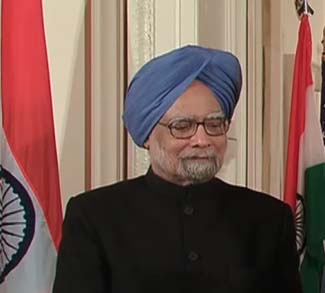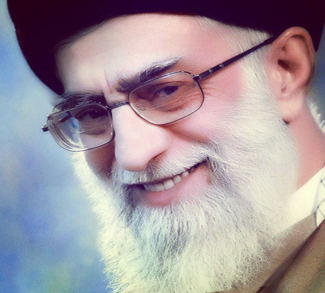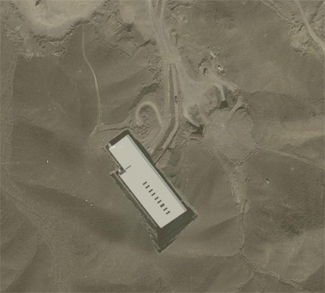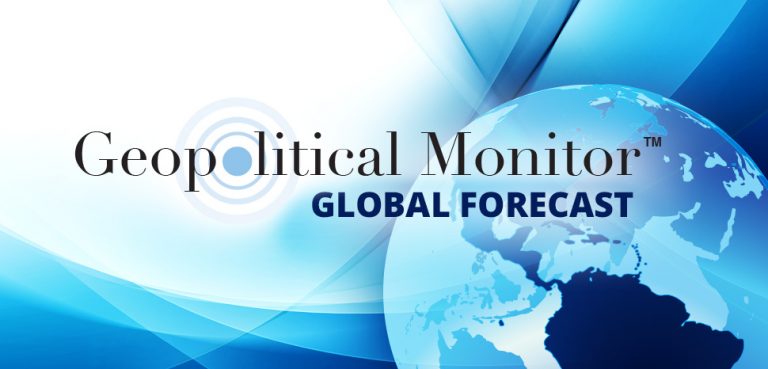The global community has witnessed two important events unfold in the Middle East over the past month. One was the temporary defusing of the Syrian crisis and the other was the announcement of a new round of US-led nuclear talks with Iran.
A positive outcome of these nuclear talks would augur well for the immediate region and the wider international community, and if early indications of Iran’s willingness to sign onto the additional protocols of the Non-Proliferation Treaty (NPT) are to be believed, then a positive outcome might just be in the cards. Fruitful negotiations would also allow for the removal of longstanding sanctions, which would let Iranian crude flow once more to the country’s predominantly Asian customers.
Iran exported 700,000 barrels per day (bpd) after the latest round of sanctions were imposed in February 2013, a level that pales in comparison to the pre-sanction figure of 2.2 million bpd in 2012. According to the Energy Information Administration (EIA), Iran’s earnings from crude oil sales have dropped to USD 69 billion, down considerably from its 2011 earnings of USD 95 billion. Iran’s four major customers are China, India, Japan and South Korea. Exports to these countries dropped by 16% in 2013 between January and August compared to the same period in 2012.
However, out of the above countries, India’s stakes are particularly high, primarily because of its payment arrangement with regard to Iranian oil sales. This has made New Delhi very interested in the outcome of US-Iranian talks.
India had been paying 55% of its crude oil imports from Iran in euros via the Turkey-based Halkbank, and the remaining 45% with an Indian rupee account that the National Iranian Oil Company (NIOC) holds with the UCO bank in Kolkotta. However, the euro payment mechanism was discontinued as US-imposed sanctions came into effect this February. Hence, payment into the Indian rupee account of the NIOC continued for the full 100% of the oil trade, favoring India. At present, around USD 5 billion worth of Indian rupees is parked in the UCO bank account of the NIOC, which could be used to boost exports to Iran, as repatriation is prohibited under current US sanctions.
However, the US government recently granted a 180-day exemption for certain countries, including India, from these sanctions on the condition that they reduce their dependency on Iranian oil. The other countries are China, Malaysia, the Republic of Korea, Singapore, South Africa, Sri Lanka, Turkey, and Taiwan. India’s dependence on Iranian crude has gone down considerably since 2011-2012. India imported 18.11 million tonnes from Iran in 2011-12 compared to 13.14 million tonnes in 2012-13. Up until 2010-11, Iran had been India’s second-largest supplier after Saudi Arabia, but it has now been dethroned and relegated to sixth place.
The depreciation of the rupee against the US dollar by 20% since May 2013 has added to India’s woes, pushing its current account deficit (CAD) to USD 21.8 billion, or 4.9% of its GDP in the first quarter.
Factoring in its worsening CAD, the Indian government has embarked on a rupee-centric approach. This envisages bringing down the CAD by cutting down on dollar-denominated oil imports, which is the largest component in India’s import portfolio along with gold. This ran parallel to the government’s decision to rely more on rupee-based crude oil imports from countries like Iran, which is the only country that has offered partial rupee denominated oil trade. At this juncture, it is imperative to state that the reason for Iran offering this concession to India could be to encourage Indian buying in the face of dwindling global exports due to US sanctions. This agreement was a marriage of convenience: Iran needed to sell crude and India needed to buy it without aggravating its CAD any further.
Hypothetically speaking, if India were to maintain the status quo of 13 million tonnes of crude oil imports from Iran this fiscal as in 2012-2013, it would manage to save approximately USD 8.5 billion in the existing 100% rupee payment mechanism. This would give an enormous impetus to reducing the CAD. Factoring this into account, India approached Iran to continue this 100% rupee-denominated deal. However, the proposal has been turned down by Iran under the newly elected President Hassan Rouhani, who seeks to revert to the original 45-55% ratio.
The other option would be to considerably increase the volume of oil imports from Iran. This would reduce India’s imports from other countries denominated in US dollars. However, it would also attract punitive measures against India under the current sanctioning regime, which has sought to restrict the global trade of Iranian oil.
Hence, India is faced with a precarious situation.
The current US-Iran negotiations should be viewed from the above perspective, taking into account the implications for India’s CAD. The general consensus is that talks would result in the US and EU lifting sanctions on Iran. However, there is a different school of thought that regards these talks with skepticism. Hence, there could be at least three possible scenarios playing out in the coming weeks.
Scenario 1: US lifts sanctions, Iran reverses rupee deal
The lifting of US sanctions would free up markets for Iranian oil and allow President Hassan Rouhani some maneuvering space with which to harden his stance vis-à-vis oil exports to India. Any hardening could result in a withdrawal from the partial rupee payment scheme. This would not augur well for India as all of its oil trade would be denominated in US dollars. This in turn could result in large foreign currency outflows and depreciate the rupee further, bloating the CAD along with it.
Scenario 2: US lifts sanctions, Iran maintains rupee deal
Another possible scenario is that Iran could maintain the same 45-55% ratio as a gesture of goodwill towards India for its support throughout the crisis. Free of sanctions, India would benefit immensely by increasing its crude oil imports from Iran to pre-2011 levels of 21 million tonnes, along with a proportionate decrease of dollar-denominated imports from other countries. This would effectively bring down the oil pool deficit and with it the CAD. However, the new regime under President Hassan Rouhani may not be keen on maintaining the same level as it would not be in Iran’s best interest to trade in rupees after sanctions are lifted.
Scenario 3: Status-quo sanction regime is maintained
Lack of progress in the US-Iran talks could also be a possibility. This would put India in a situation where it needed to engage with Iran to find a way out of its CAD dilemma. Iran could relent to a certain extent in the face of continuing sanctions, moving the threshold levels of rupee payment higher, if not to the full 100%. This could also be beneficial to India as it would bring down its oil import bill considerably while simultaneously increasing the exports to Iran which would be paid out of the sale proceeds in Indian rupees held with banks in India.
However, considering the huge stakes involved, the US and EU are much likely to lift the sanctions in a phased manner which would be linked to the progress made in de-weaponizing Iran’s nuclear program- a process that could take years. Past experience and conventional wisdom dictate that a partial lifting of sanctions would be the most likely option at this current juncture, which could result in removing the curbs on import volumes. This would definitely favor India, which could increase its import levels from Iran while maintaining the same 45-55% ratio since Iran would be hesitant to withdraw incentives too quickly.
India, facing any one of the abovementioned scenarios, still must fine-tune its existing crude oil portfolio. It should be exploring the possibilities of similar rupee-denominated trades with other countries. To this end, it is thought that India is already in talks with Iraq to arrange a mechanism where the sale proceeds of oil could be used to boost exports to Iraq.
Either way, the failure or success of talks with Iran could have a huge impact on India’s current account deficit and by extension, its economic fortunes as well.




